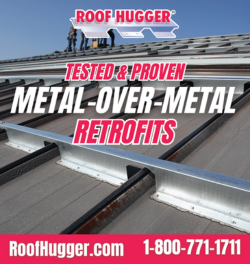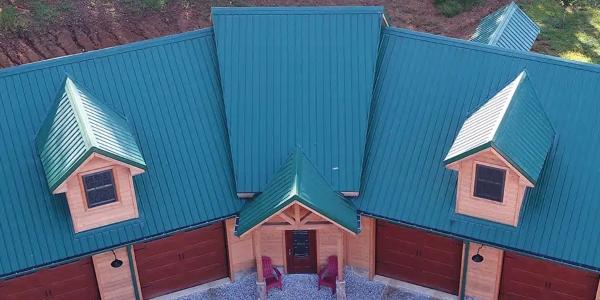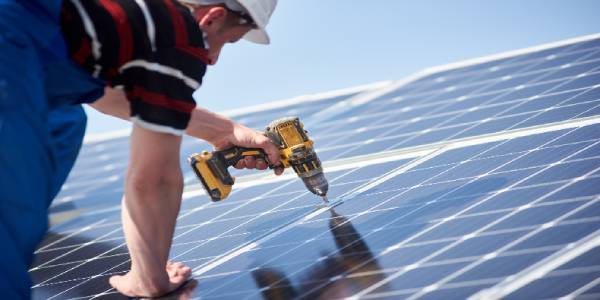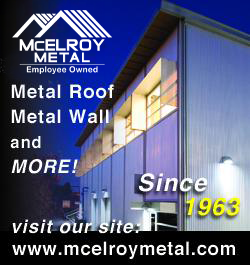UP TO THE MINUTE
The timeless appeal of metal
January 17, 2025 at 6:00 a.m.By Central States Manufacturing.
From ancient origins to modern sustainable uses, metal building materials continue to shape the world of construction.
In a world of fleeting trends and disposable materials, one element has consistently stood the test of time: metal. From the gilded rooftops of ancient temples to today’s sleek, sustainable homes and commercial buildings, metal building materials have evolved into more than just a functional choice — they are a testament to humanity's ability to innovate and endure. Whether it’s the resilience of copper, the adaptability of steel or the eco-conscious solutions of modern alloys, the story of metal in construction is as dynamic as the material itself. Here at Central States Manufacturing, we uncover the centuries-old secrets and modern breakthroughs that make metal a cornerstone of building design.

Ancient metal building products
Lead and copper
These metals played significant roles in architecture for thousands of years. Lead, with its low melting point, was easily formed to create watertight roofs. Copper, too, was widely used, with examples like the copper roof shingles atop the Lovamahapaya Temple in Sri Lanka dating back to the third century BCE. The Romans even covered the Pantheon with copper in 27 BCE.
Iron and terne
As iron smelting became widespread in the 19th century, iron sheets were coated with molten tin or zinc to prevent rust. Terne, an iron plate dipped in a lead-tin solder, gained popularity for roofs and weather-resistant farm items.
Corrugated galvanized iron (CGI)
In 1829, corrugated galvanized iron emerged as a favorite roofing material worldwide. Its strength and lightweight nature made it a game-changer.

Metal roofing today: Sustainability and environmental consciousness
Recyclability
Metal roofing systems are made from a high percentage of recycled materials. At the end of their extended life cycle (which can be up to 60 years or more), metal panels can be 100% recycled. This stands in stark contrast to some other popular building products, like asphalt shingles, which primarily end up in landfills.
Weight and shipping efficiency
Metal panels often weigh less than half of asphalt shingles, making them easier to transport up a roof. Their lower weight may allow the building structure to be lighter and use fewer materials. Additionally, metal panels can often be installed over existing roofs, reducing the need for removal and landfill disposal.
Longevity
Metal roofing can last two to three times longer than traditional asphalt roofs. This durability can mean fewer repair and replacement possibilities, reducing overall environmental impact.
Coating technology
Modern metal roof and siding panels incorporate advanced coating technology. Features like solar reflectance and heat emittance can drive down energy use and allow buildings to work more harmoniously with the environment.
Repurposing and reuse
Metal panels are long-lasting and can be repurposed or reused. Their versatility ensures that they don’t end up as waste but continue to serve a purpose.
From the ancient craftsmanship of copper-clad temples to today’s sustainable metal roofing and siding, the journey has been remarkable. As consumers prioritize environmental stewardship, metal remains a top choice for those seeking longevity, recyclability and eco-conscious solutions.
Learn more about quality Central States metal!
Original article and photo source: Central State Manufacturing
Learn more about Central States Manufacturing Inc. in their Coffee Shop Directory or visit www.centralstatesco.com.



















Comments
Leave a Reply
Have an account? Login to leave a comment!
Sign In